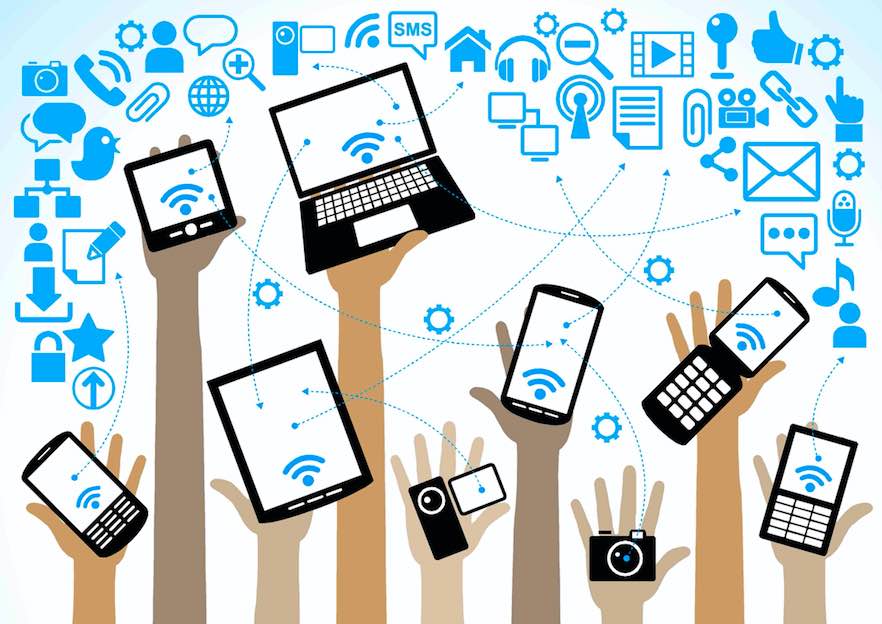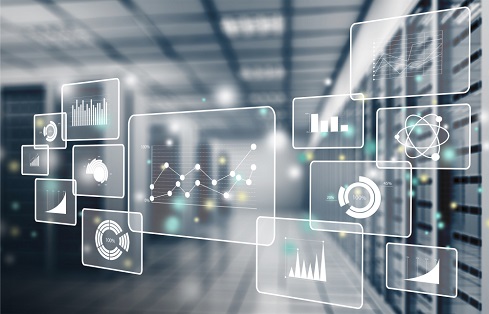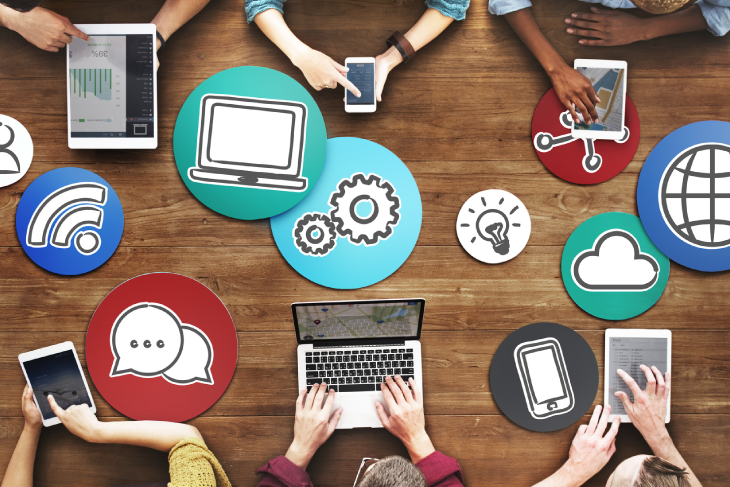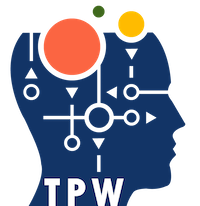The workplace is changing dramatically. Workers today are more likely to be sitting behind a desk staring at a computer screen than they are to be engaging in physical labor. As a result, the way we work and interact with one another is rapidly evolving. From the way that people communicate to how they do their jobs, companies are finding new opportunities to use technology for efficiency and productivity. Employers are utilizing software to manage tasks, digital boards for presentations, and video conferencing tools to save time and money on travel. In some cases, employers can hire the best person for a job without even interviewing them in person. It is difficult to predict how the workplace will change in the future because technology is constantly changing. New technologies are being developed every day and old ones are being replaced. Below is a list of technologies that have the potential to change the workplace as we know it today.

1. Internet of things
The Internet of Things is a network that connects physical objects to the internet and shares data among those objects. The Internet of Things or IoT is emerging as one of the most powerful networks in the world because it can connect devices, from smartphones to cars, light bulbs, appliances, speakers, watches, and more. The Internet of Things (IoT) will change how we manage our organizations. In the future, all physical objects will be connected to the web and can be managed remotely, monitoring their usage, efficiency, and security. IoT provides an efficient way for companies to monitor their business assets in real-time. For example, if a company has a fleet of trucks they can monitor their location in real-time to ensure they are running on schedule. This saves the company time by not needing to manually check where their trucks are on a map.
2. Autonomous things
Autonomous Things (AuT), or the Internet of Autonomous Things (IoAT), are devices that work on specific tasks autonomously without human interaction thanks to AI algorithms. They are technological developments that are expected to bring computers into the physical environment as autonomous entities without human direction, freely moving and interacting with humans and other objects. The first AuT technology in (limited) deployment is self-navigating drones. This autonomous communication system is designed to operate with startling precision and accuracy, with many different types of devices connecting to one another to make for a seamless experience. These machines are capable of communicating with one another around the world through different networks, enabling them to be controlled remotely by a computer or smartphone application anywhere in the world.

3. Augmented analytics
Augmented analytics can provide automated insights whose applications are already used in HR, Finance, Marketing, etc. It is a form of Big Data that uses data from multiple sources to describe the state of an organization. This form of analytics improves the quality and quantity of data available which in turn increases the quality and accuracy of predictive models. Augmented analytics allows for better understanding the inner workings of an organization. This form of analytics also helps organizations become more aware of how their decisions may impact their business. It’s important to note that augmented analytics is not a new concept, but has become more widespread with advancements in technology.

4. Smart Spaces
Designing a space can be tricky, especially when it comes to making a space that is both functional and aesthetically pleasing. One of the ways that designers try to solve this problem is by designing “smart spaces.” These are spaces in which technology has been integrated seamlessly into the design of the space for both aesthetic and practical purposes. Smart spaces use embedded technologies such as sensors, LED lights and video cameras with facial recognition capability to monitor the occupants of the space and adapt its environment to their needs; smart spaces can also be controlled rema new technology acquired by an organization, the traditional mechanism for measuring adoption, and its actual deployment and use.otely. Smart Spaces come in all shapes and sizes – they may be as small as an elevator or as big as an airport. For example, at airports, there are sensors that detect how passengers feel before they reach security checkpoints, which helps officers determine which ones need more attention. The lighting levels change depending on where you are in the airport, providing a more comfortable atmosphere for travelers.
5. Augmented reality
Augmented Reality (AR) is a technology that merges the real-world with computer generated imagery in order to provide a richer environment. The use of AR in the workplace is fairly new, but it has already been implemented into many fields such as marketing, education, manufacturing, and architecture. A few examples of organizations who have adopted AR are: GE Healthcare which uses AR for medical training simulations; Cisco Systems which offers an augmented reality module for its enterprise telepresence product; and Toyota Motor Corp., which uses AR to overlay 3D animated instructions onto engine parts during maintenance instruction videos online.

With technology becoming more sophisticated it is important to keep up with these changes. On an individual level, upskilling and continuously updating one’s knowledge base is becoming extremely important in order to stay relevant. From an organization’s perspective, change management has become crucial. Technology adoption is something that needs to be looked at. The organization needs to ensure that the widespread technology acquisition is followed by its actual deployment and use.


Comments 1
Very well written article informing all the most advance technologies in simple words. Thanks!